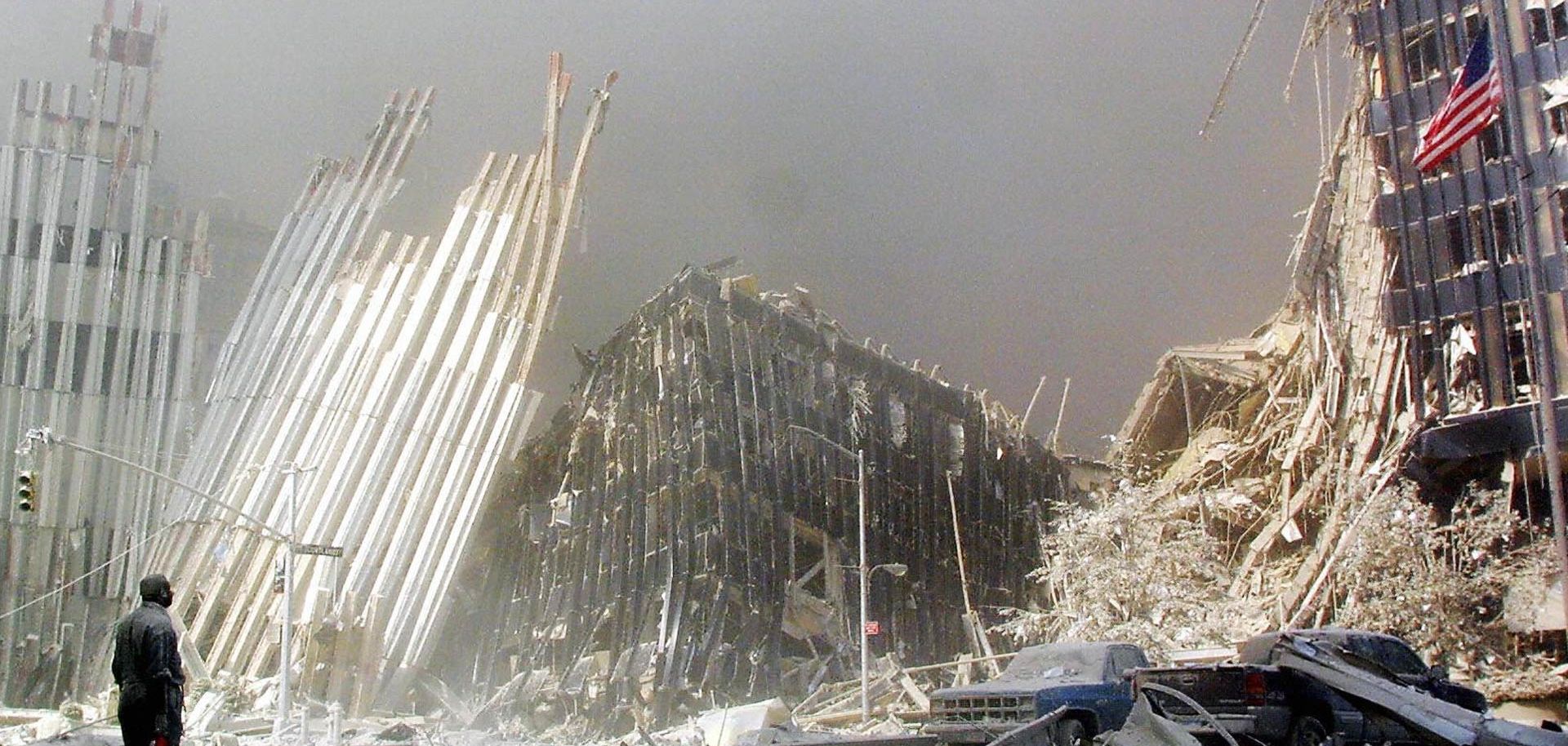ASSESSMENTS
Why Civilizations Really Clash

Jan 10, 2016 | 14:03 GMT

(DOUG KANTER/Getty Images)
Summary
Twenty years have passed since famed political scientist Samuel Huntington published his seminal work, The Clash of Civilizations and the Remaking of World Order. To anyone interested in international relations, the book is as relevant today as it was when it was published in 1996, if not more so. It not only anticipated many of the conflicts that took place after the Cold War, but it also fitted them within a context that was starkly different from the view that was widely held at the end of the 20th century: that a more peaceful, democratic and liberal world order was upon us.
Yet The Clash of Civilizations failed to fully grasp and appreciate many of the important drivers of the post-Cold War global system, rooting itself in a civilization-centric perspective rather than adopting a more encompassing and nuanced geopolitical model. And so, 20 years later in a world that seemingly confirms Huntington's predictions in many ways, it is just as illuminating to take a closer look at what he got wrong.
Subscribe Now
SubscribeAlready have an account?
